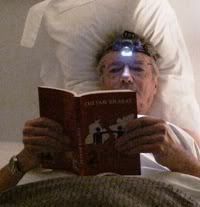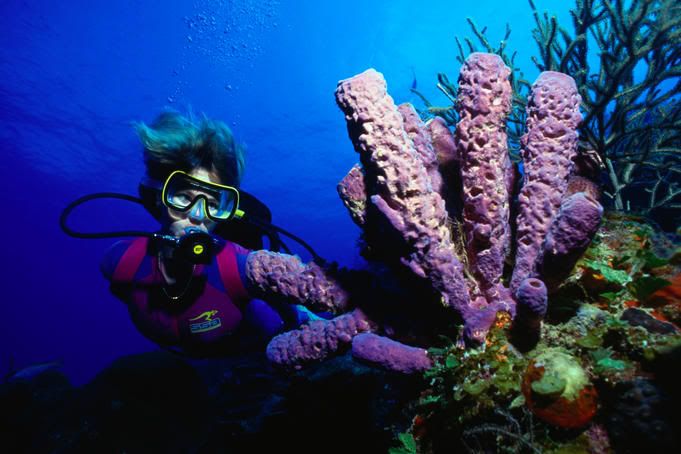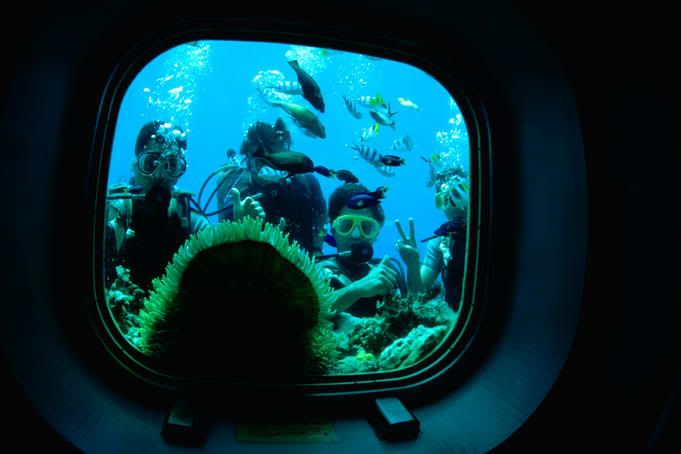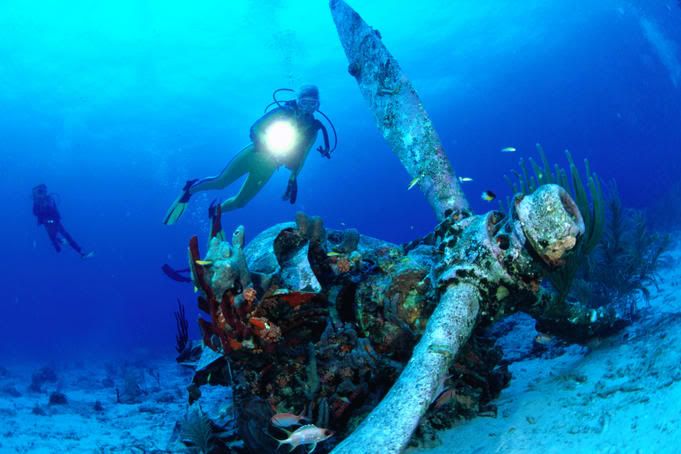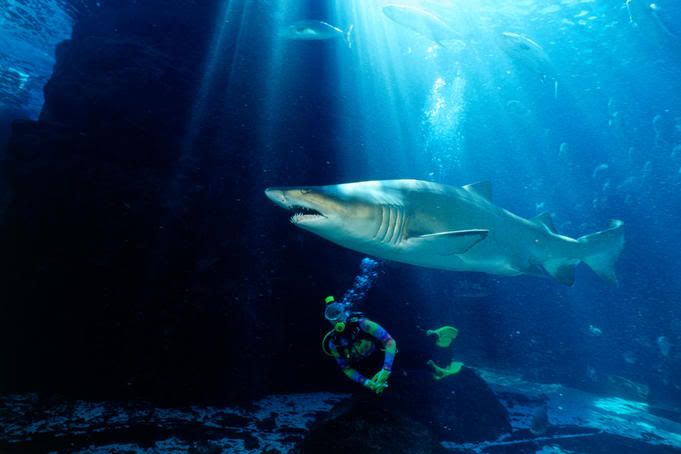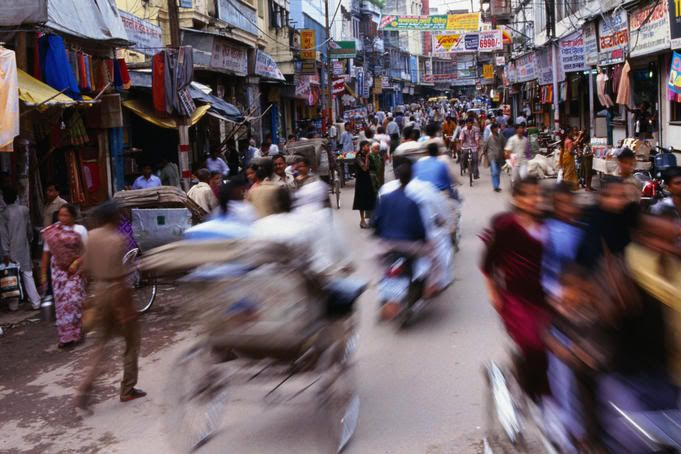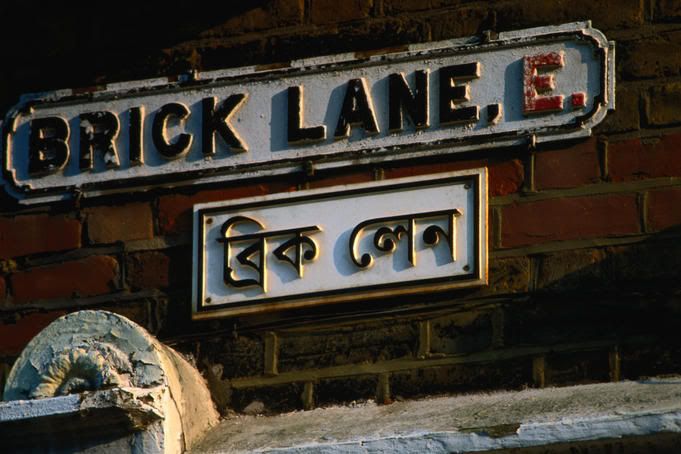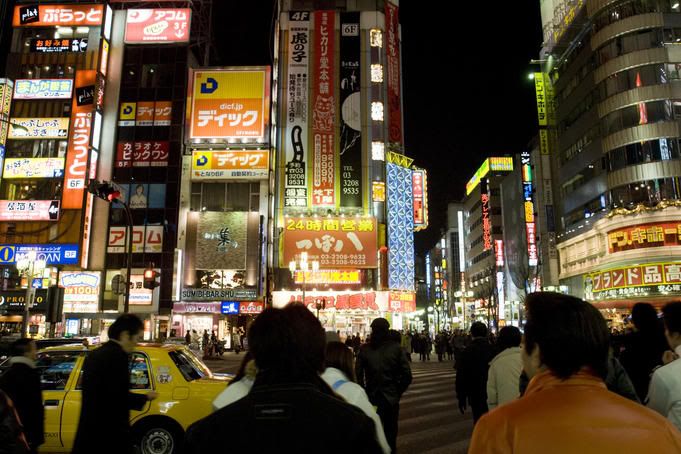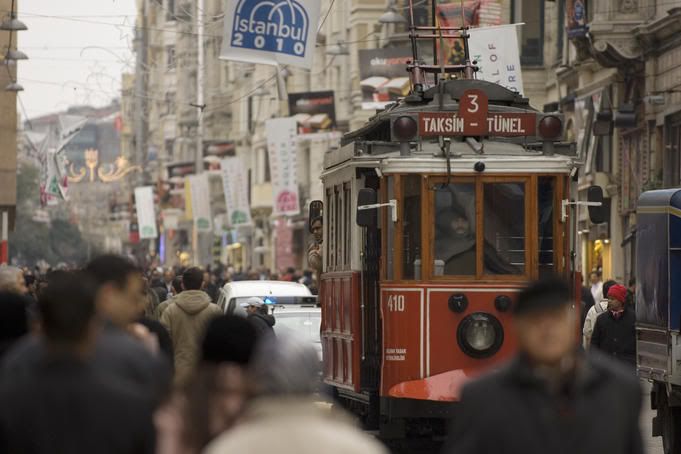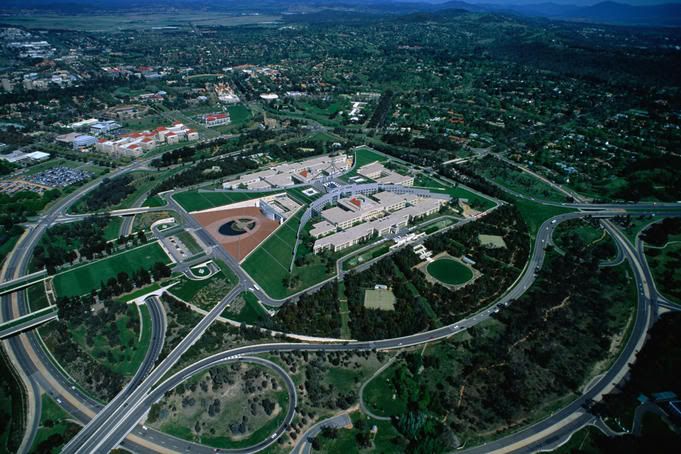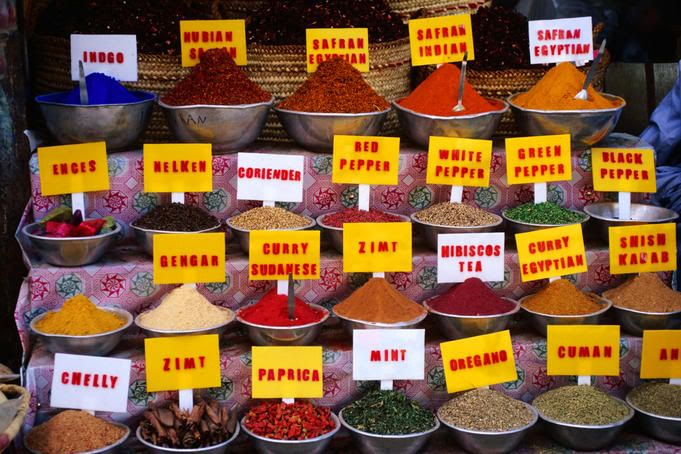
When in Cairo, it’s imperative to see a pyramid or two, browse the wonders of the Egyptian Museum and shop the stalls of the Khan al-Khalili market. But leave a day or so in your city schedule to uncover the more authentic, hidden pleasures of this powerhouse of the Arab world to experience the sights, sounds and tastes of a whole host of lesser-known delights.
Start your perfect Cairene morning shopping in the shadow of Bab Zuweila, one of three huge remaining gates of 11th century Fatimid-era Cairo, with a wander down Sharia Khayamiya – or the Street of the Tentmakers – situated opposite. Here you’ll find for sale decorative cotton tents in which, during the annual festival of Ramadan, families break their daily fast with their evening iftar meal. Look out for the colourful child-sized versions which make a stunning spin on a playhouse for tots back home.
Bibliophiles should spend the early hours of the day ensconced in old tomes at L’Orientaliste (15 Shar’a Qasr al-Nil) with its incredible selection of out-of-print titles, old maps, and suitably musty aromas, whilst those in search of antiques or chic little boutiques will be content browsing the back lanes of the cool leafy Zamalek district, tucked away on an island linked by bridges, mid-Nile.
As lunchtime rolls on, locals flock for sustenance to the stalls that line the lanes of Cairo’s Islamic quarter; look for shop-fronts vending kushari from huge metal saucepans. The ultimate Cairene snack food, it consists of pasta, lentils, chickpeas, spicy tomato sauce and fried onions, and makes a filling on-the-hoof repast. Alternatively, seek out tiny, family-run Zizo, just opposite Bab al Futuh, the northern gate of Fatimid Cairo, for an Alexandrian-style spicy sausage sandwich. Old-timer Cairenes with more time on their hands take lunch at downtown Alfi Bey Restaurant (3 Shar’a el Alfi), opened in 1938 and still serving slow-cooked braised stews from its wood-panelled dining room. Meanwhile, if lighter Mediterranean fare appeals, Maison Thomas (1 Shar’a 26th July), back in Zamalek, is the cool local choice for sun-dried tomato-studded pizzas, Italian cheese paninis, and a perfectly frothed cappuccino.
It’s possible to spend an entire Cairo afternoon exploring the labyrinthine, historic mosques and madrassas (religious schools) that make up Islamic Cairo, but it’s worthwhile considering, instead, delving into the centuries-older streets of Coptic Cairo, also known as Mari Girgis (St. George), which contains far more than just Coptic Christian traces. The Coptic Museum (Shar’a Mari Girgis), less frequented than the big-ticket Egyptian Museum downtown, houses the world’s most extensive collection of Coptic Christian artwork, whilst the inhabitants of the serene Convent of St. George will, if you so desire it, wrap you in chains as part of a cleansing ritual believed to represent the suffering of St. George at the hands of the Romans.
Look out for the quiet, shady cemetery at the back of the Church of St. Barbara, from which you’ll see locals training their flocks of homing pigeons; if you ask nicely the groundskeeper might unlock one of the family chapels for an atmospheric peep. From here, look in on the Ben Ezra Synagogue which still serves the 50-or-so local Jewish families, and the beautiful pavilion-like Tomb of Sulayman al-Faransawi, a Frenchman in Napoleon’s army who converted to Islam and died here in 1860. Later, for the most stunning sunset in town, take a taxi ride up to al-Azhar Park, Cairo’s largest green expanse, from which you’ll see stellar views out over the city and thrill to the combined call to prayer from hundreds of city mosques.
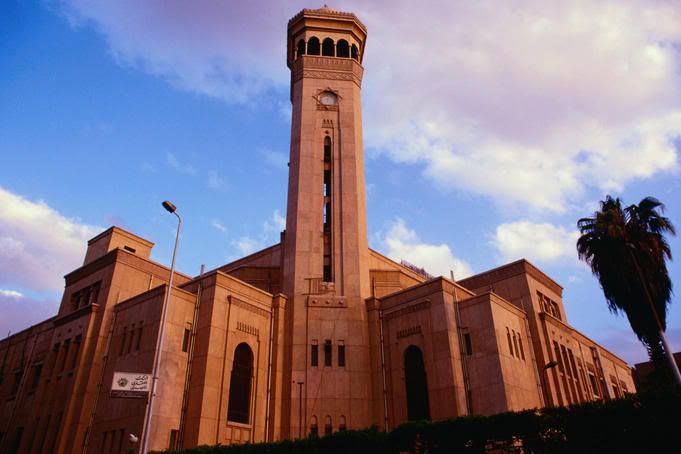
When night descends on the city, there’s plenty outside the confines of Cairo’s plush hotels to keep you busy. Hang out with Cairo’s bohemian set at Al-Horreya Cafe (Midan Falaki), a simple, well-used, well-loved bar where writers, artists and intellectuals have smoked, glugged cold beers and argued philosophically over their chess pieces for decades. For something swisher, seek out hard-to-find underground electronic-inflected nightclub Le Tabasco, (8 Amman Sq, Mohandiseen) or make your way upstairs to the equally well disguised La Bodega (156 26th July St) in Zamalek, with its Moulin Rouge-style restaurant and sleek, minimalist bar. Finally, before heading to bed, grab a skewer or two at Abou Shakra (69 Sharia Qasr al-Ainy, Garden City) where locals have been coming since 1947 to line their stomachs with kebabs, koftas and shwarma sandwiches the night before the weary morning-after.
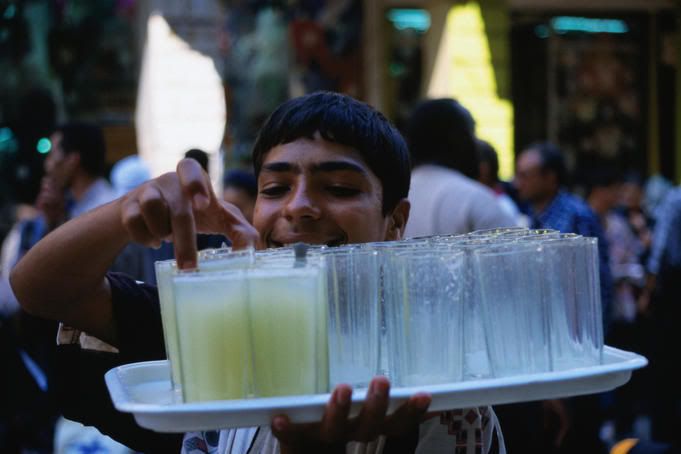
A perfect day in Cairo
Amelia Thomas
Lonely Planet Author



